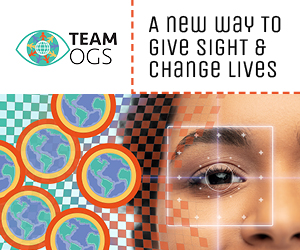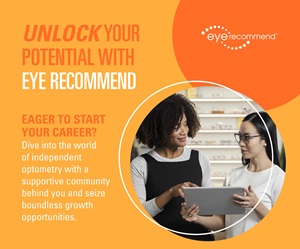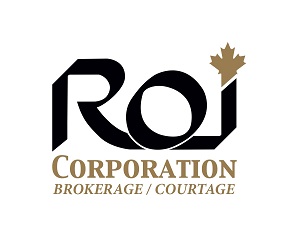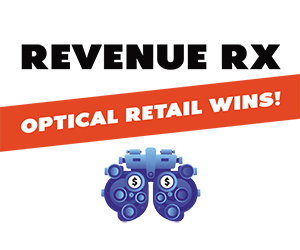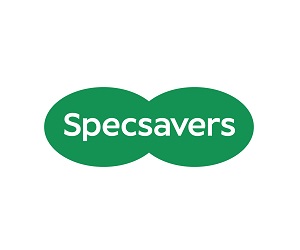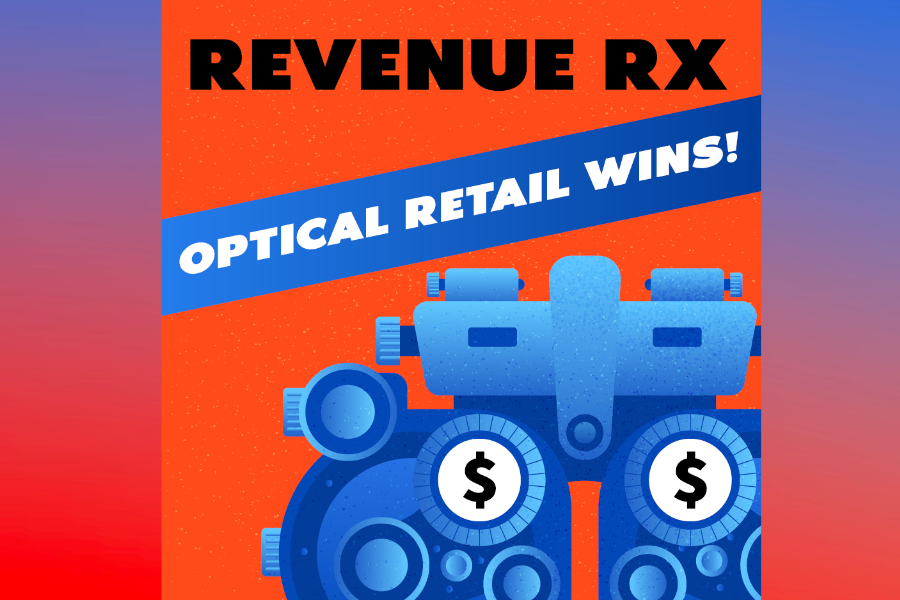
Let’s get this straight—your optical retail business doesn’t run on frame sales or lens upgrades or even insurance billings. It runs on one thing: the customer.
In this episode of Revenue RX: Optical Retail Wins, I remind you of the simplest and most powerful truth in business: the customer is your only revenue source. And if that’s the case, then truly understanding your customer isn’t optional—it’s essential.
We go deep into the psychology, behaviour, and motivations of optical consumers to uncover how to connect, serve, and sell with impact. Whether you’re profiling your target demographic or improving your customer journey, this episode gives you the framework to turn browsers into buyers—and buyers into loyal advocates.
If You Don’t Understand People, You Don’t Understand Business
Business is about relationships, and relationships require understanding. You don’t have to agree with your customers—but you do need to empathize with them.
✔️ What motivates them to buy?
✔️ What are their pain points and needs?
✔️ How do they define value—and are you meeting that definition?
From emotional triggers to the search for convenience and trust, your success depends on your ability to walk in their shoes.
Profiling the Optical Customer
Let’s talk demographics. Baby Boomers—aged 60 to 80—are the wealthiest generation with the greatest disposable income.
✔️ Nearly 25% of the population is over 65.
✔️ They prefer brick-and-mortar shopping.
✔️ They care about price and proximity—not your branding.
Ignore this group at your peril. They are not just patients—they’re your rent payers.
But don’t forget younger adults and teens. From Gen Z to Millennials, they prioritize style, image, and self-expression, viewing eyewear as a fashion accessory. And they’re researching you online before they ever step into your store.
The Customer’s Journey: From Awareness to Advocacy
Understanding the customer means mapping out their buying process:
- Awareness – They recognize they need glasses.
- Consideration – They research online, ask around, and visit stores.
- Evaluation – They compare brands, prices, and services.
- Decision – They book an eye exam and select frames.
- Purchase – The sale is made… but the journey isn’t over.
- Post-Purchase – They come back for adjustments and judge the experience.
- Experience – Their satisfaction determines whether they return—or refer.
If you’re only focusing on Step 5 (the transaction), you’re missing most of the opportunity.
Metrics Matter—Track What Drives Revenue
If the customer is your revenue source, you need to track how they interact with your business.
✔️ Are they new or returning?
✔️ What’s your conversion rate?
✔️ What percentage of sales come from premium lenses or multi-pair purchases?
These insights don’t just help you market smarter—they help you negotiate better with suppliers, train your staff more effectively, and tailor your service to the customer’s needs.
And don’t forget: multi-pair sales are directly tied to how well your team uncovers lifestyle needs—do they ask about work, hobbies, light sensitivity, or Zoom meetings?
Understanding the Optical Buyer’s Mindset
It’s not just about prescriptions. People buy glasses for image, emotion, and identity.
✔️ Glasses are associated with intelligence, professionalism, and trust.
✔️ Women often find men in glasses more attractive.
✔️ Black frames work universally.
✔️ Customers want frames that reflect who they are or who they want to be.
That’s why your staff should wear glasses—even if they don’t need them. With AR-coated clear lenses, you project knowledge, trust, and alignment with your product.
What Influences Optical Purchasing Decisions?
✔️ Information Seeking – Customers research UV protection, blue light, and coatings.
✔️ Purchase Type – Sunglasses and fashion eyewear can be impulse buys.
✔️ Service Expectations – They want expertise and clear, personalized advice.
✔️ Economic Pressure – Affordability matters. Offer financing where possible.
✔️ Post-Purchase Support – Repairs, follow-up calls, and fit adjustments build loyalty.
When you meet these expectations, you reduce friction and make it easy for the customer to say yes.
Final Thoughts: Get to Know Your Customer or Lose Them
If the customer is your only revenue source, then every decision—your pricing, your marketing, your staff training—must start with who they are and what they value.
In this episode, I break down:
✔️ The psychology and emotions that drive buying decisions
✔️ How to profile your customer based on lifestyle, age, and shopping habits
✔️ The full journey from need to satisfaction
✔️ What your staff must know and do to serve better
✔️ How to use behaviour and data to increase sales
Know your customer, and you’ll know when, why, and how they buy.
Tune in to Revenue RX: Optical Retail Wins and reframe how you approach your customers—not just as sales opportunities, but as the source of your business’s very survival.
And stay tuned for the next episode where we’ll tackle the one thing that keeps every business sharp: Competition. What does it really mean to compete—and how can you do it better than ever before?

Joseph Mireault
Joseph Mireault, Optical Entrepreneur, Business Coach, and Published Author.
Joseph was the owner and president at Tru-Valu Optical and EyeWorx for 16 years. During his tenure, he consistently generated a sustainable $500K in annual gross revenue from the dispensary.
He now focuses on the Optical industry, and as a serial entrepreneur brings extensive experience from a variety of different ventures.
Joseph is also a Certified FocalPoint Business Coach and looks to work directly with ECPs in achieving their goals.
Through his current endeavour, the (Revenue RX, Optical Retail Wins podcast) he shares the challenges and solutions of running an Optical business.
His insights are shared with optical business owners aspiring for greater success in his new book, “An Entrepreneur’s Eye Care Odyssey: The Path to Optical Retail Success.”






